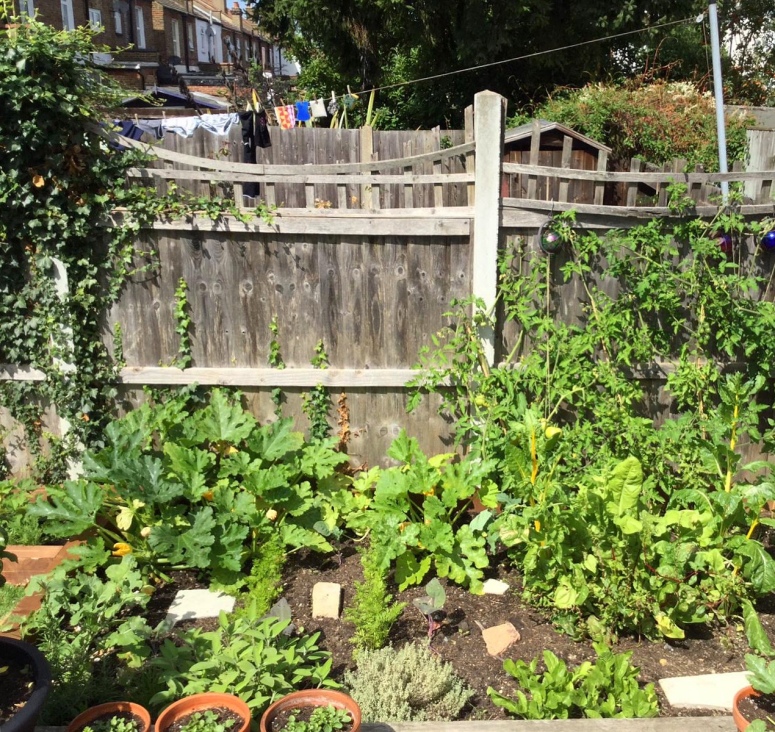
Welcome to #plantalong2020! I’m really excited to grow my own veg this year and even more excited to have a few of you lovely lot along for the ride. Honestly, it’s easier than you think. I couldn’t keep anything alive when we moved a few years ago, but we have been growing veg every year since we moved in and have a healthy supply of salad, tomatoes, courgettes, herbs and some other veggies (I try out a few new ones each year to see what works) throughout the summer. I don’t love winter gardening, so my veg patch tends to be empty in the winter, but it is certainly possible to grow your own veg year round.
This is the first blog in the #plantalong2020 series and there is nothing to actually plant yet: we just need our supplies! I’ve been provided with seeds this year by Thompson & Morgan and Wilkos, who I have used in the past with great growing success. Wilkos have also given me some essentials to get started and I have linked through to everything below. Some bits I already have, so I’ve linked through to some suggested items for you to get if you don’t own them already. This lot will get you started with the growing basics and each week I will guide you through what I am doing next and hopefully we will all have a bountiful summer of delicious veggies!
Why grow your own?
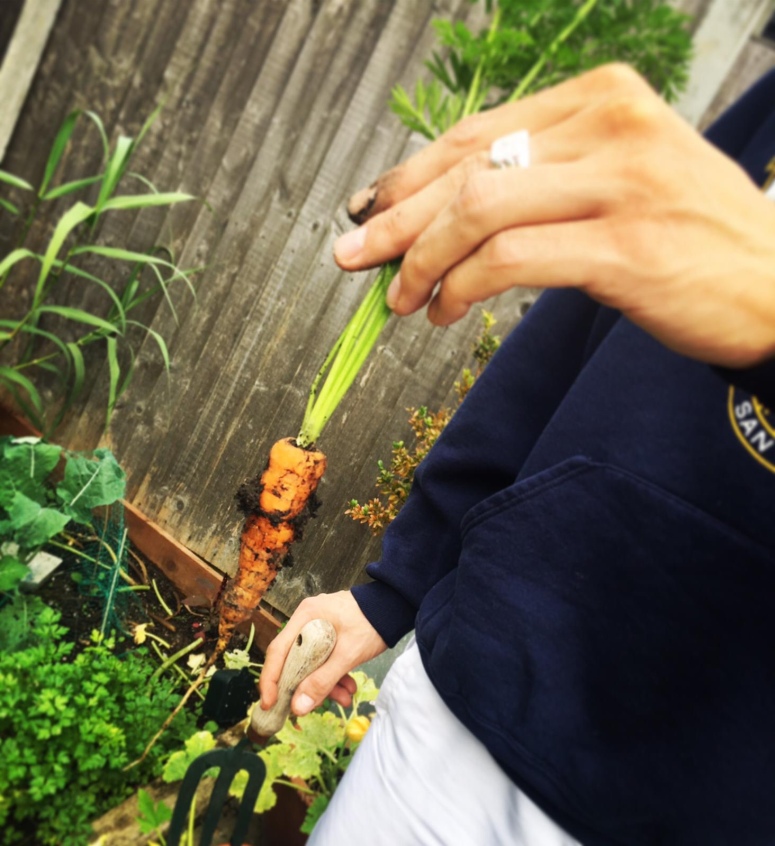
Aside from the huge satisfaction of growing something delicious from scratch (homegrown tastes SO good), growing your own has wider reaching benefits: you won’t need to shop for your veg as much, so less plastic waste from (unnecessary) packaging and fewer air miles in getting your veg to the table.
It’s also a great way to educate little ones about where food comes from, gardening and the environment. Growing anything in the garden helps wildlife; I let butterflies munch on brassicas and I don’t mind too much when my strawberry harvest is decimated by various tiny visitors to the garden. It’s lovely to see a little food chain develop in your little piece of nature.
And lets not forget the cash! Whilst there will be initial outlay for seeds and basic tools, you will save so much money on veg and it’ll taste better too.
For me the summer veg is the best; I love tomatoes and we always have so many that we freeze bag loads of them – they make wonderful pasta sauces. It’s also the time to harvest courgettes, aubergines and peppers, which are a real treat. But you can grow all year round; imagine a Christmas table filled with homegrown spuds and parsnips! How yummy.
What I will be growing
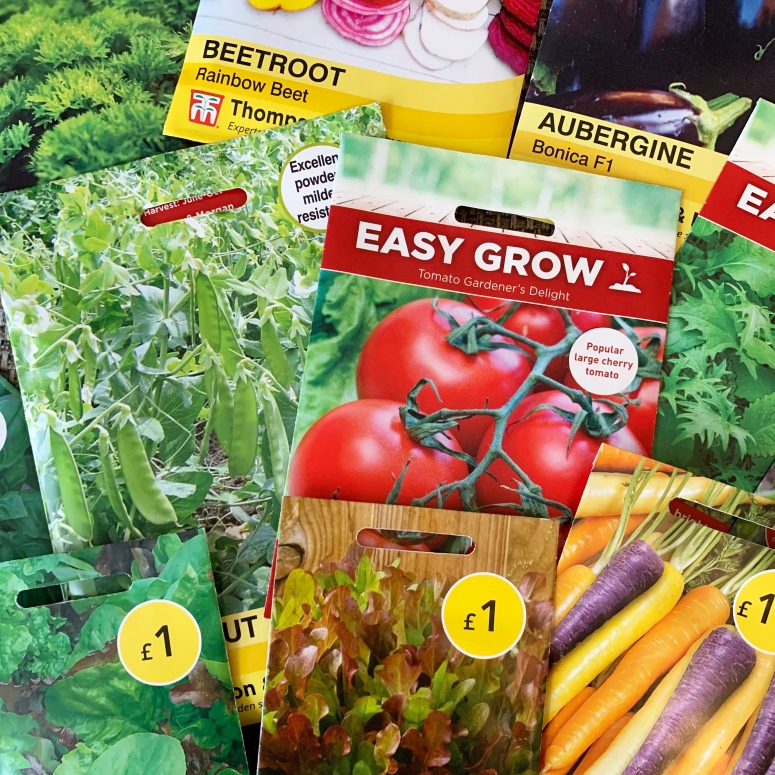
I have based my list on a two things, firstly and most importantly, I am only growing things I like to eat. I am also growing things that are generally suitable for beginners and/or those of us who are time-poor and finally, I am basing my list on the most popular requests from my Instagram poll, so I hope these choices will be popular:
- Tomatoes
- Salad and microgreens
- Courgettes
- Carrots
- Mange Tout
- Aubergines
- Potatoes
- Radishes
- Strawberries
- A selection of herbs
Know your space
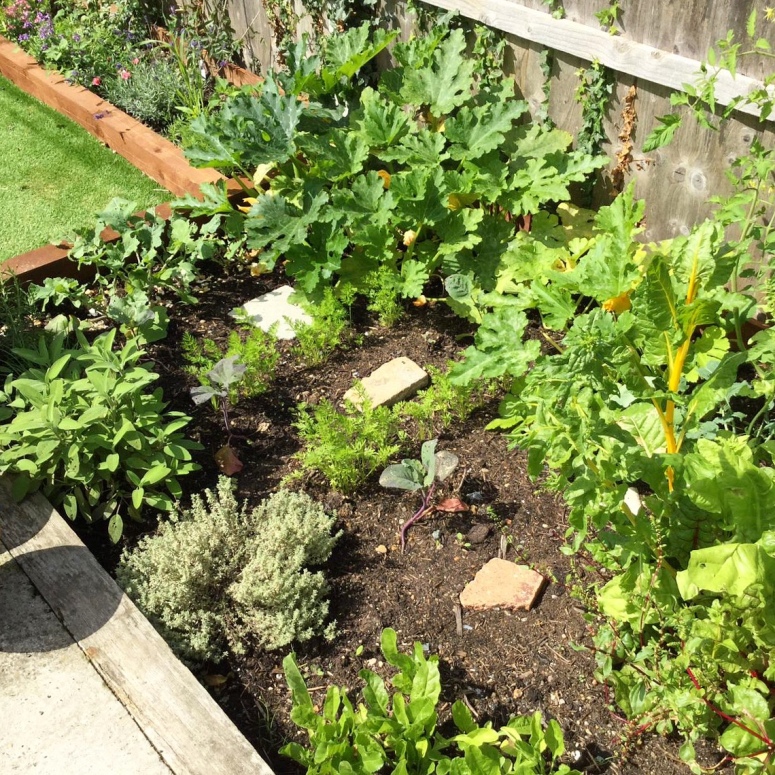
Many of us don’t have a lot of space to actually grow stuff, but don’t let this totally deter you because every home will have a little bit of space, even if just enough for a window box herb planter or a corner of a balcony big enough for a pot of salad leaves (if you are growing on a balcony, please be careful not to overload and consider weight restrictions).
I grow lots of my veg in pots and planters including herbs, tomatoes, aubergines and salad. This year I will also be trying my hand at potatoes for the first time, using hessian sacks to grow them in. I LOVE a good spud!
I just have a small garden. My veg patch is a modest size at about 2.5m x 1.5m and is in the sunniest part of the garden. In the summer, it gets sun almost all day long. Some vegetables will need more sun than others, so it is important to know your space and how much sun it gets. Pots are great of course, because they can be positioned as needed for the crop.
So consider:
- Have you got a veg patch or just pots? Have you got space for a raised bed? (These are great because you can really maximise a small space). I will be building my own raised bed later in the year so watch this space if you want to have a go at that too.
- How much sun does your garden get? I’m in the south-east, so it’s often a bit warmer down here than in the north of the country as well, though in summer, I shouldn’t imagine it’s variable as to make a big difference.
- How is the soil in your veg patch? Very heavy clay can be tricky to work with. If you do have a heavy soil you can dig in some compost and grit (I also mulch mine with bark over winter which helps improve the texture). A sandy soil can be improved by digging in some compost. The RHS offers advice on improving your soil. You should also check if you have acid or alkaline soil (you can buy a PH testing kit from a garden centre or DIY store).
Deciding what you will grow

I’ve set out the list of what I will be growing, but it may not all appeal to you or it may not be suitable for your space.
The mistake I made in my first year growing veg was trying to pack too much into the space and as a result, a lot of it just didn’t grow and I totally overwhelmed myself. I now maximise space, but prioritise growing things I really love and I also like to pop things in that grow quickly so that it doesn’t feel like I am waiting forever for the main event.
Once you have decided what to go for, have a look at the Shopping List below for my seed suggestions.
Tomatoes
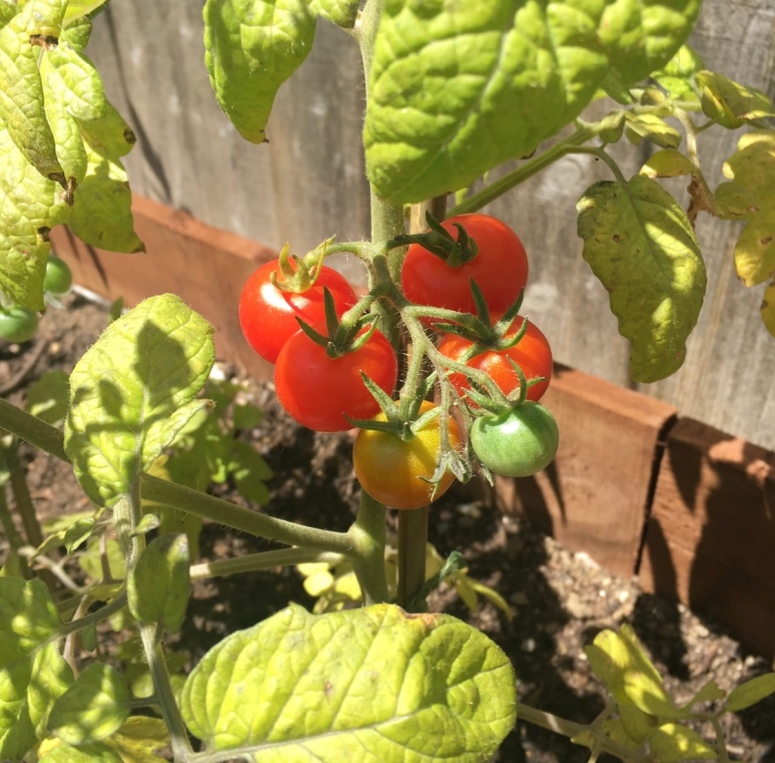
- Will be started indoors (sunny windowsill and preferably a propagator required)
- Smaller varieties can be grown in pots
- Requires plenty of sun (best in the sunniest part of the garden)
- Can suffer blight, especially when there is a lot of rain – I tend to grow smaller varieties (cherry tomatoes or salad tomatoes) which require less time to ripen up (reducing the likelihood of being blasted by blight), produce loads of fruits per plant and as they are picked more regularly, are less prone to splitting or being nibbled on by wildlife. The varieties in my shopping list are beginner friendly.
- Growing in pots avoids the blight risk and allows you to grow in a greenhouse if you have one (I don’t).
Salad and microgreens
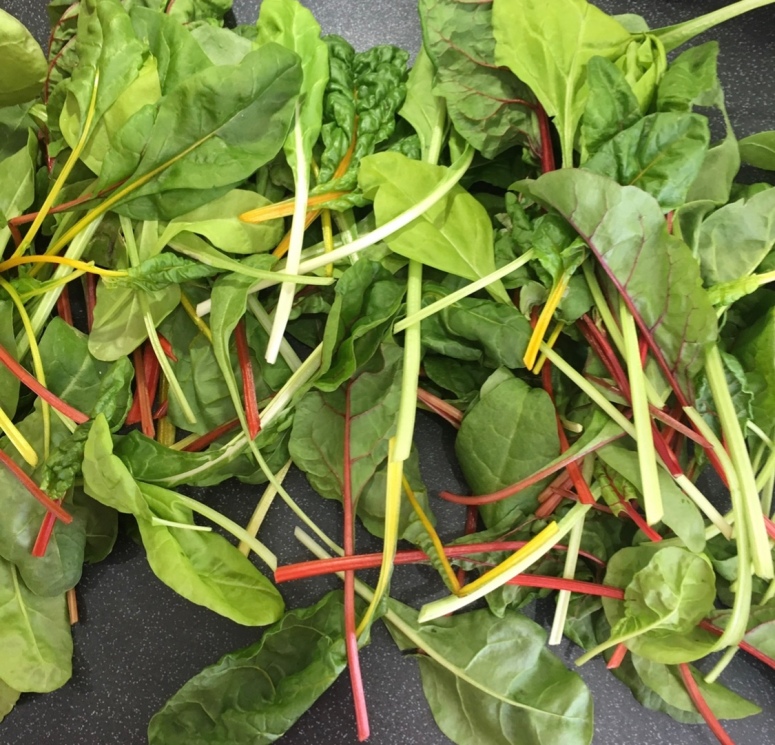
- Next to no space required
- Perfect for pots or a window box, indoors or out
- Does not require full sun – great for shadier spaces
- Quick crop to grow and can be used as a filler between other plants
- Microgreens are a great way to use up seeds that may otherwise be wasted (e.g. broccoli, radish, salad leaves, beetroot etc)
- Microgreens are delicious in a salad and cost a fortune to buy, so growing your own saves £££ and is super easy.
Courgettes
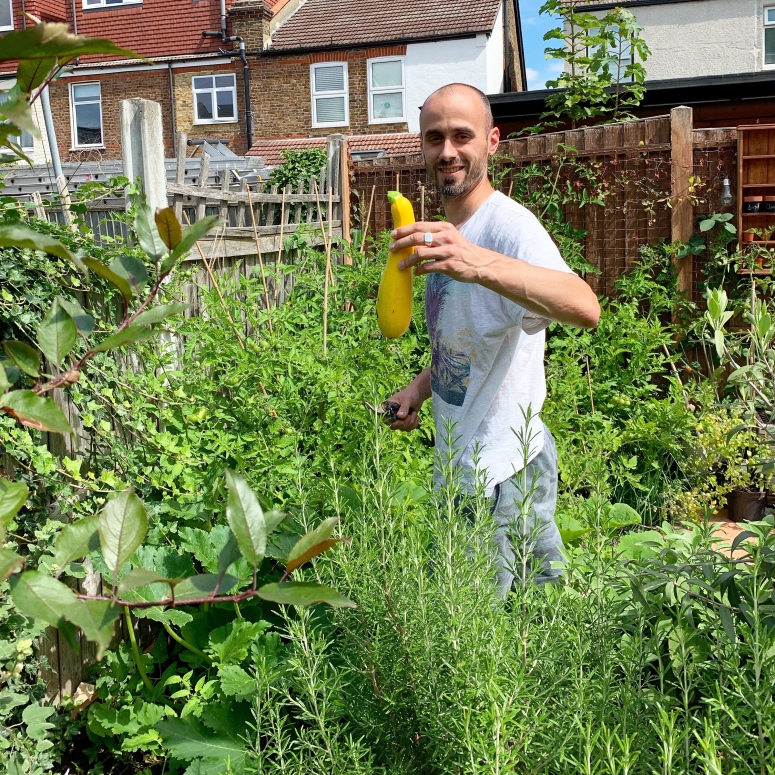
- Will be started indoors (sunny windowsill and preferably a propagator required)
- Will be grown in veg patch rather than pots
- Best grown in full sun
- Takes up quite a lot of space
Carrots
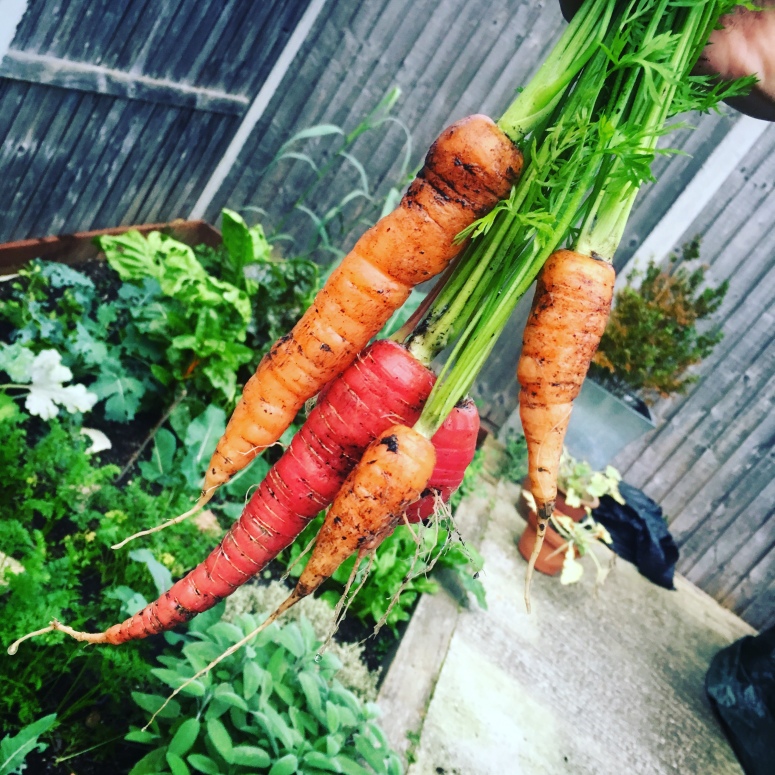
- Will be sown directly into the veg patch, but can be grown in a trough or deep planter.
- Prefers loose, ‘poor’ soil (though I grow mine in the veg patch and they are usually fine!) – in a heavy soil they can struggle to grow and end up a bit deformed!
- Requires full sun
Mangetout/ beans / peas
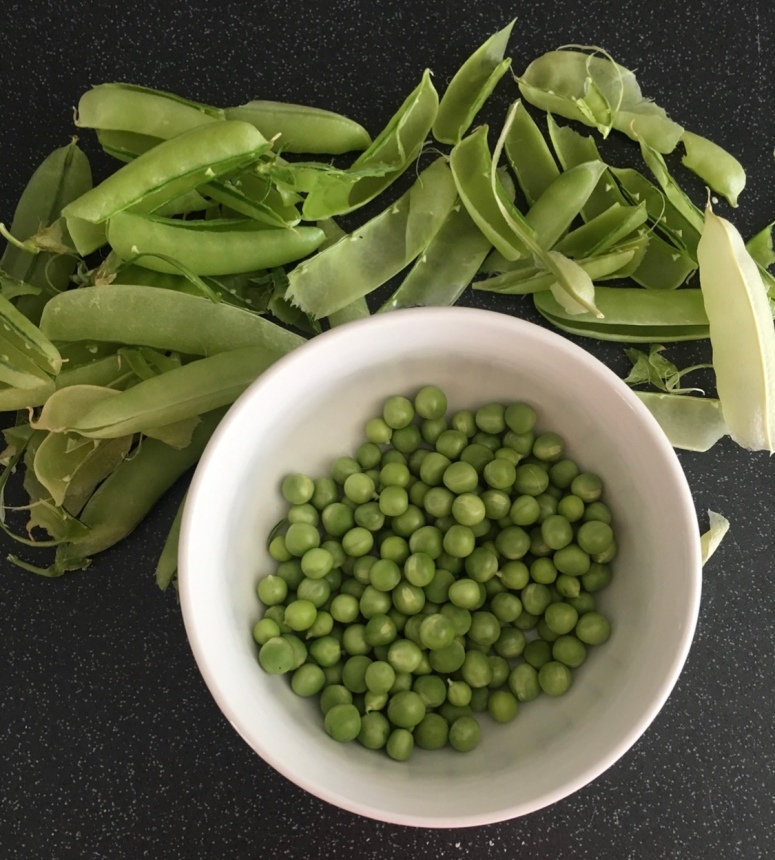
- These are a climber, so perfect for a veg patch which backs onto a fence like mine (also maximises space), or can be grown up a climbing frame
- Should be positioned in a sunny spot
- Seeds can be planted straight into the veg patch if you have limited space to start plants off indoors
Aubergine
- Will be started indoors (sunny windowsill and preferably a propagator required)
- Not the easiest to grow successfully outdoors as they require loads of sunshine and plenty of warm days – fingers crossed for a good summer this year
- Smaller varieties are suitable for large pots
Potatoes
- Seed potatoes will be started off on a windowsill (this is called chitting)
- Not too much space required as will be grown in bags (can also be grown in a large pot or direct in the ground)
- Bags will need to be placed in a sunny spot
- I intend to harvest mine when small as I love new potatoes but they can be left for longer
Radishes
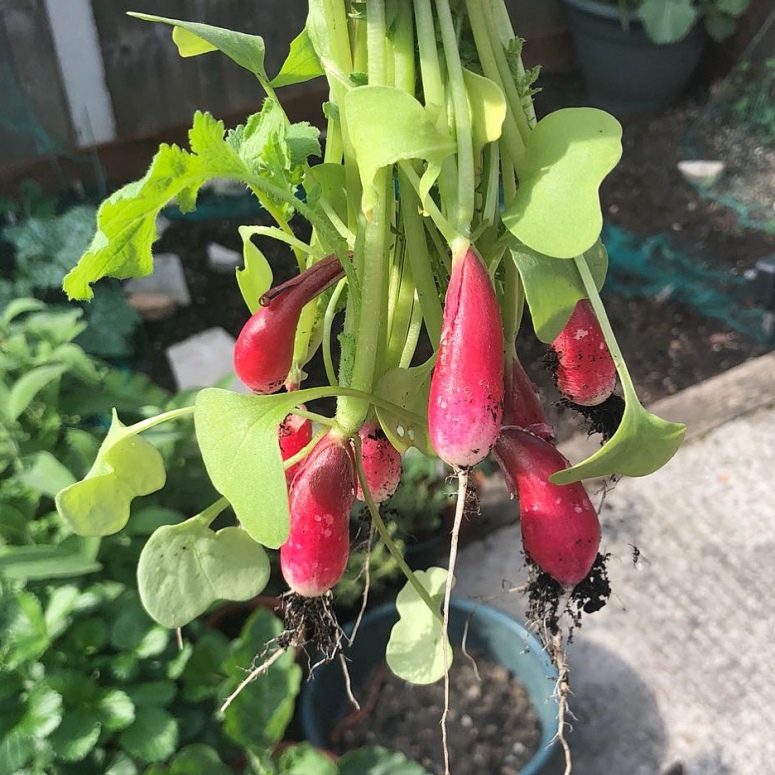
- Will be grown direct in the veg patch
- Very easy to grow
- Great filler for small spaces as they are fast growing and require minimal space
- Leftover seeds can be used for microgreens
Other Options
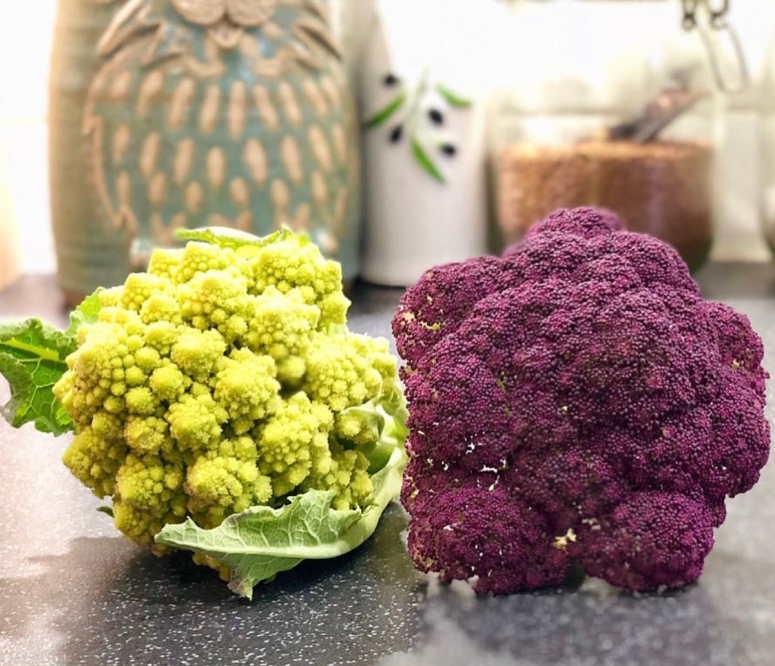
Below are some veggies I have grown in previous years but have decided against this year. They are still popular choices.
Brassicas (broccoli, cauliflower, kale etc)
I have grown all of these successfully, but they are slow to crop and take up quite a lot of space, so better for a larger garden. Watch out for cabbage whites who will munch through your harvest (I quite like having the butterflies in the garden but if they totally decimate the leaves, then your veg won’t grow).
Roots (parsnips, swede etc)
I’ve also grown winter veg successfully, but again it is slow to crop and takes more space than smaller roots (carrots). I have chosen not to grow them this year.
Onions
I’ve chosen not to bother with onions this year simply because I don’t find that they taste any better than those I can buy, therefore I’d prefer to use previous space for something a bit more special.
Shopping List
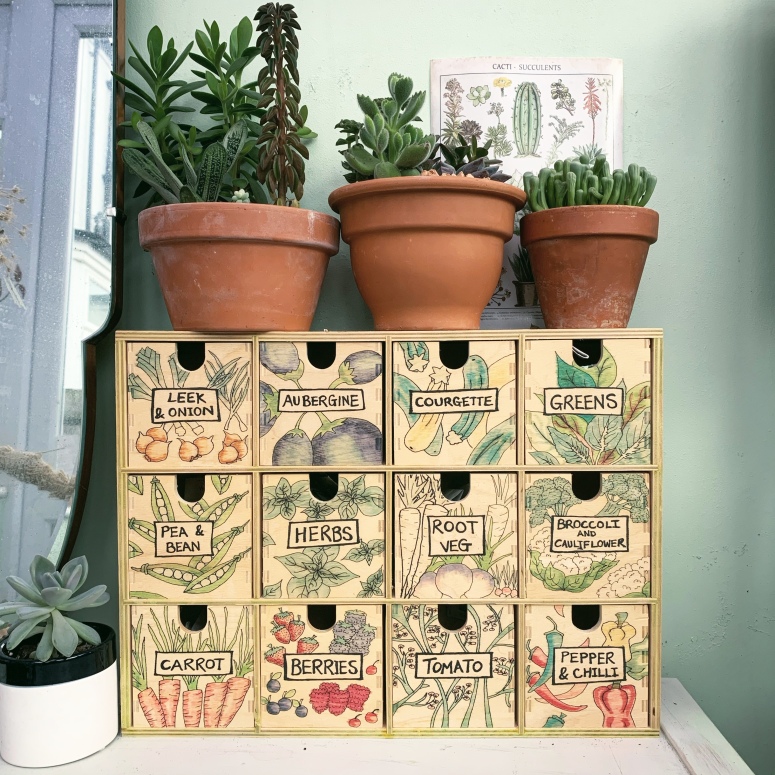
Ready to get started? Here’s my list below along with links to order. Any questions, post a comment or drop me a DM on Instagram. I’m really excited for us to grow veg together so don’t be afraid to get in touch!
Thompson & Morgan
Tomatoes
I’m growing a few different varieties (and colours!) but you can always just pick one or two:
- Gardener’s Delight (red cherry tomato; a great easy to grow variety; can be grown in veg patch, large pots or grobags)
- Red Profusion (red cherry tomato; tumbling variety can be grown in hanging baskets – great for limited space!)
- Midnight Snack (black cherry tomato; mine will be grown in veg patch) – only available in the garden centre, but you could try these instead
- Balconi Yellow (yellow cherry tomato; can be grown in a hanging basket or pot)
Aubergine
- Bonica (can be grown in large pots or grobags)
Courgette
- Sure Thing (grown in veg patch)
- If you fancy a yellow variety, you could try these (I have a few leftover from last year, which may or may not germinate!)
Salad
- Spicy Mix (easy to grow in containers)
Mangetout
- Sweet Horizon (green pods; produces stringless pods)
- Shiraz (purple pods)
Herbs
Everything can be grown in pots
- Basil – Sweet Green
- Parsley – Champion
- Oregano
- Dill
- Chamomile
- Lemon Balm – Melissa (because it’s called Melissa!)
- Tarragon – Russian (I’ve not grown this before and I’m warned it is not as tasty as French Tarragon, but is easier to grow)
Other good options are chives (ordinary or garlic) which are perennial and a great addition to the veg patch (or an omelette!), Thai basil and coriander (I am not growing it because I hate it, but it’s very easy to grow!)
Mint, rosemary and sage are also great options. Mint is perennial and should be planted in pots, not the ground, as it will take over. I have rosemary and sage bushes, both of which have grown to a couple of feet tall in two years. The rosemary was just a growing pot from the supermarket which people usually discard. I also grow various varieties of thyme in the garden but I have bought these as small plants very cheaply from eBay rather than grown from seed – my favourite is lemon thyme: it’s delicious!
Potatoes
I actually got my seed potatoes from the garden centre so I could choose my own, however, you can certainly order online. I am growing ‘International Kidney’ which are the Jersey Royal variety (but they only get that name when they come from Jersey!). These are a second early variety, ready to harvest in late summer (they can be left in the ground to grow bigger and harvested as a maincrop as well).
You can order second earlies from Thompson & Morgan here (I’d go for Vivaldi!)
Wilko
- Strawberry hanging basket kit
- Windowsill propagator
- Heated propagator (not essential, but really helps get germination going)
- Vermiculite (not essential, but can help seeds get off to a good start)
- Compost
- Labels
- Small pots
- Grow bags
- Seeds – Wilko also have great selection of cheap seeds; I have got various lettuce leaves to grow this year

Next Steps
Once you have your seeds we are ready to go! I’ll be planting in the next blog, so stay tuned. If you are ordering seed potatoes, pop them on a piece of kitchen roll on the windowsill with their eyes (the bits that are sprouting) facing up once they arrive – this is called chitting.
If you have questions then comment or send me a message on Instagram. Please follow and join in with #plantalong2020 by posting your progress using the hashtag!

